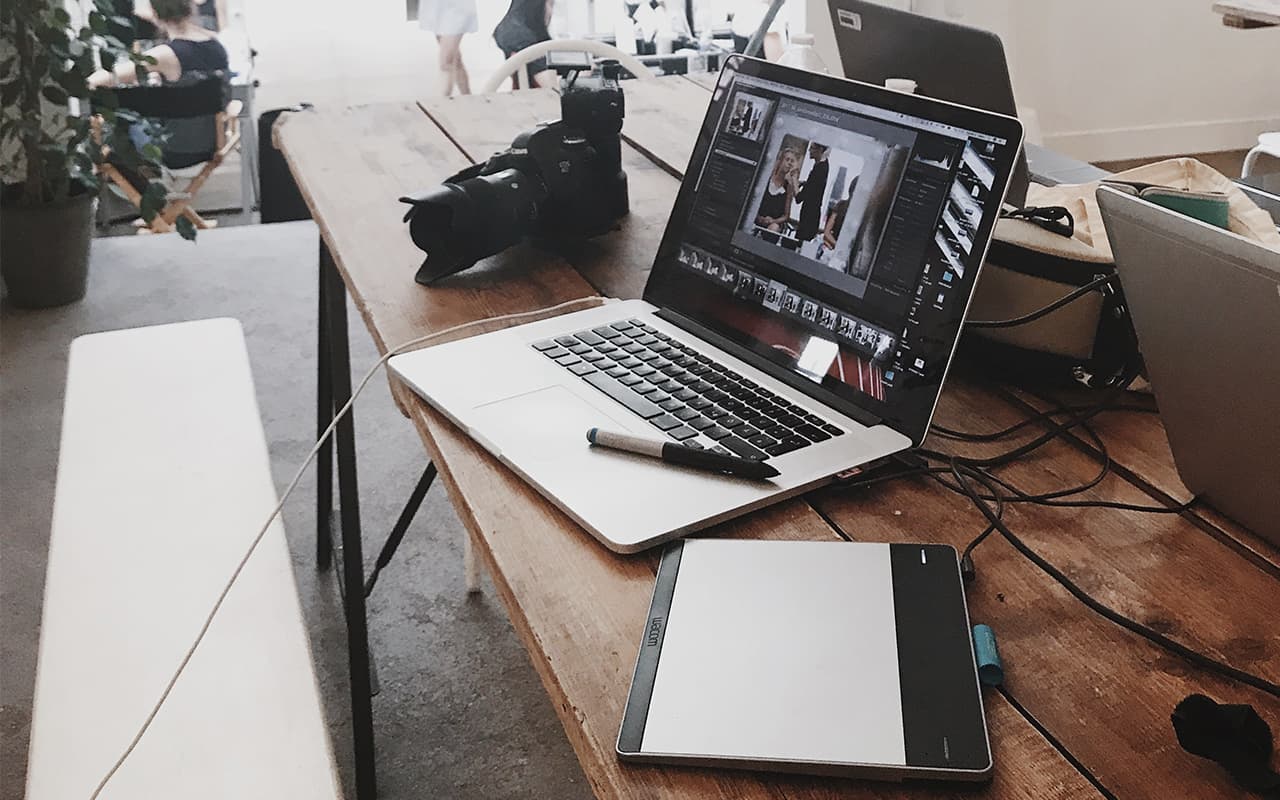In the process of creating a website, design comes first. It is where it all begins. The designer does not just draw a beautiful picture of how the site should look. He designs the page so that it was convenient to use. This is necessary so that visitors to the site faster to make a targeted action on the site – for example, to place an order, sign up for a consultation, make an application, and so on.
A good designer, before starting to create a website design, analyzes the topic of the project, studies the target audience, its habits, interests. Based on this, the designer thinks through the colors for the site, the location of blocks on the page, places accents.
Web design today – it is not just the appearance of the site, but how convenient to use the site, how clear it is to the target audience, how quickly a visitor to the resource reaches the goal with which he came here.
Accordingly, and web designer is not just someone who creates the appearance of the site. Web designer is someone who designs and creates a clear and usable design based on analyzing data about the target audience.
What a web designer does
Web designer creates layouts of any sites: business cards, lendings, online stores, corporate resources and so on. In addition, he can create icons and other images for web use, logos and corporate identity of the company, can create advertising banners, templates for emails and so on.
The workflow of a designer is as follows.
Initially, the designer receives the TOR (Terms of Reference for the development of the site) from the customer. The TOR indicates what kind of site should be created: for what and how it is planned to use it, what task should solve the resource, who will be its main visitors, with what purpose they will go, what content should be placed on the site. If any information to create a design is not enough, the designer asks questions to the customer or independently conducts the necessary research. At this stage it may be useful to study the sites of competitors, as well as other resources in this or related topics.
Further, after collecting the necessary information and data, the designer or by hand on paper, or in special programs makes prototypes of the future site. Prototypes of the site – schematic, without design, the location of information and blocks on the site. As a rule, make several prototypes and choose one, the most suitable.
After agreeing on the prototype proceed directly to the drawing of the design itself. Determine the colors that will be used, fonts, the appearance of blocks, background images and so on. That is here at the output is a ready-made layout of the site.
The resulting layout is coordinated and passed either to the customer or the layout designer for further layout and programming.
Depending on the specifics of the designer, the workflow may vary slightly, but, in general, the basis remains the same.
